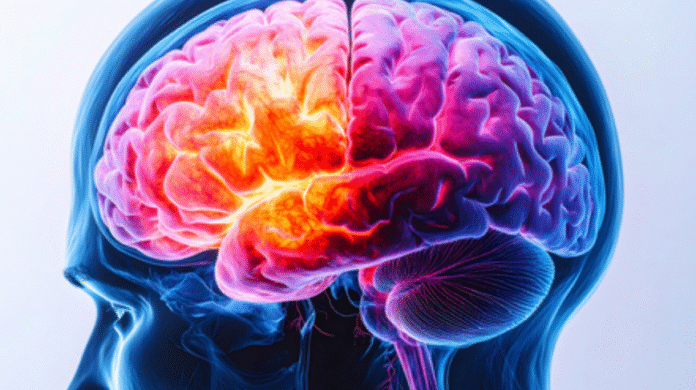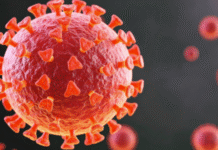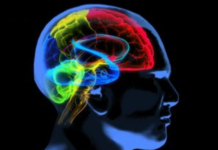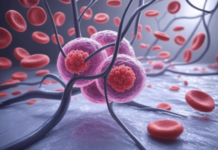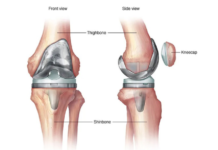NEW DELHI — A new study suggests that MRI scans of the tongue may provide valuable clues for early detection and monitoring of motor neurone disease (MND), also known as amyotrophic lateral sclerosis (ALS).
Researchers from the University of Queensland in Australia found that people living with MND who experience difficulties with speech or swallowing often have smaller and weaker tongue muscles — a change that could serve as an early sign of the disease.
“There are eight interconnected muscles in our tongues, each with a different role that allows us to eat, swallow, and speak,” said Dr. Thomas Shaw from the university’s School of Electrical Engineering and Computer Science. “But for someone with a motor neurone disease, the tongue muscles — like many others in the body — progressively weaken and sadly, waste away. Being able to detect and track this symptom early would help patients and clinicians, especially with interventions like early access to clinical trials.”
Traditionally, studying tongue muscles in patients with MND has been difficult and invasive. To overcome that challenge, the research team analyzed more than 200 historical MRI scans, including scans from individuals diagnosed with the disease.
By applying a combination of artificial intelligence and advanced imaging methods, the team was able to precisely measure the volume and structure of tongue muscles. “Cross-sectional comparisons showed significant differences between the scans of people with MND and those without,” Shaw said.
The findings, published in Computers in Biology and Medicine, also confirmed earlier research showing that patients whose symptoms begin in the mouth, tongue, throat, or neck tend to have shorter survival times than those whose symptoms start in the limbs.
Speech pathologist Dr. Brooke-Mai Whelan, from the university’s School of Health and Rehabilitation Sciences, noted that the tongue performs thousands of finely tuned movements daily — movements that go unnoticed until they start to fail.
“Understanding which specific tongue muscles waste away in MND will help us develop strategies to compensate, including modifying speech patterns to rely on unaffected muscle groups,” Whelan said.
The study highlights the potential of tongue imaging as a noninvasive, AI-assisted tool for identifying and tracking neurodegenerative diseases earlier and more accurately. (Source: IANS)


